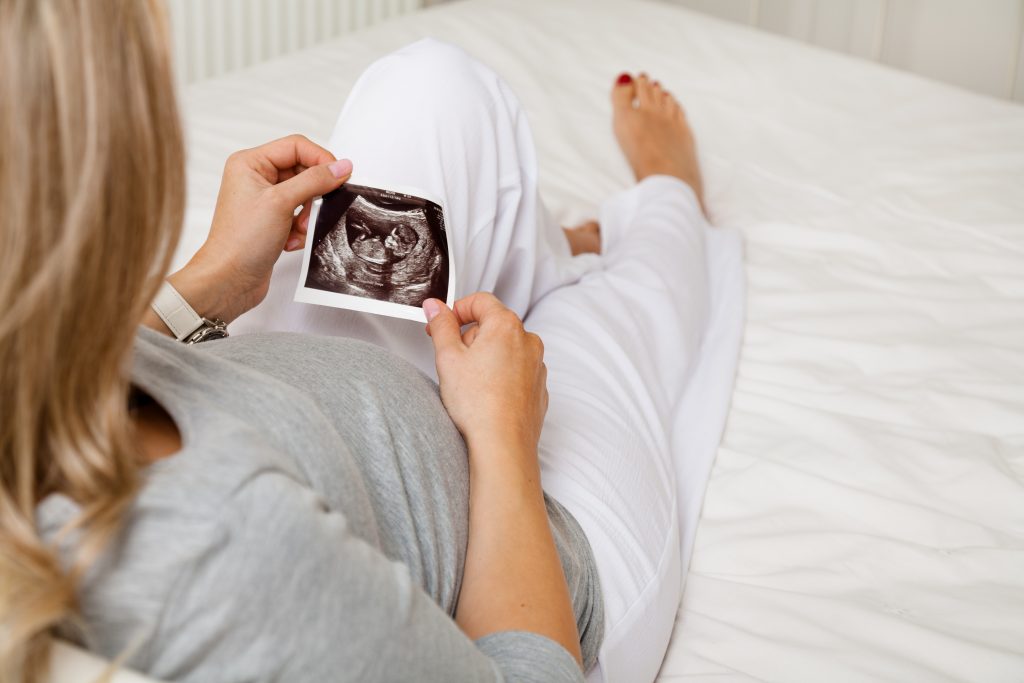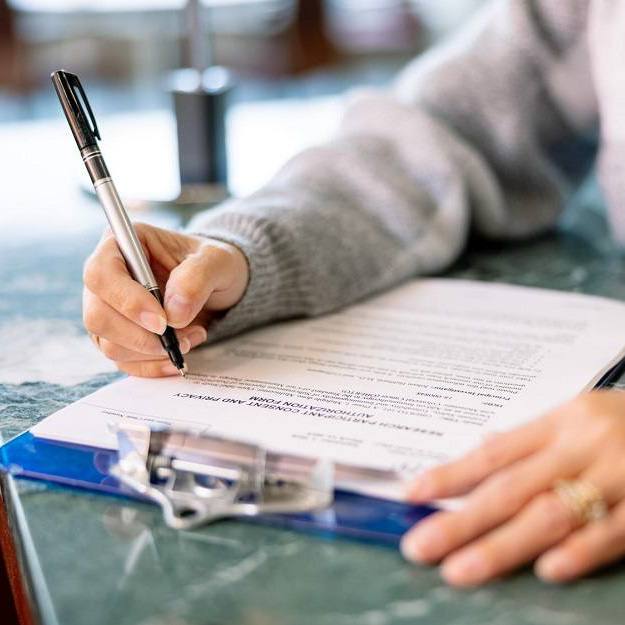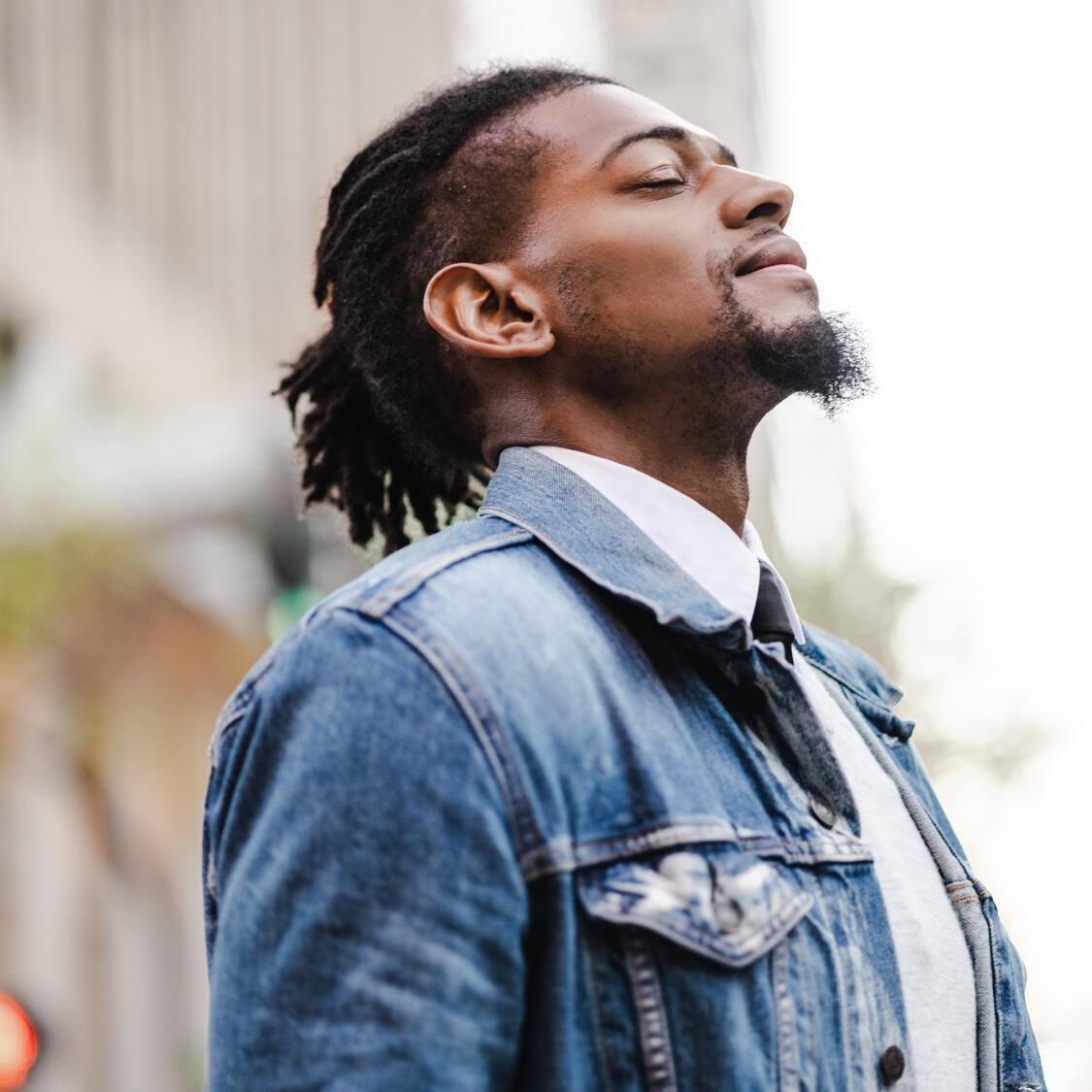-
Mayo Clinic Q & A
Mayo Clinic Q and A: Childhood clubfoot

DEAR MAYO CLINIC: I am 24 weeks pregnant and underwent an ultrasound that discovered that my child has a clubfoot. I am worried about my child's life and function with this diagnosis. What is the condition, and are there any new treatment advances that my baby can benefit from?
ANSWER: First, congratulations on having a baby. It is certainly an exciting time, but, understandably, it can be stressful when you hear that your child has something that might make him or her different.
Clubfoot is a common diagnosis that occurs in 1 in 1,000 births, making it among the most common birth abnormalities. The biggest fear for parents is that the quality of life for their child born with a clubfoot will be limited. They worry if their child will be able to run, jump and play like their peers.
With the correct treatment, your child could have normal quality of life. Doctors at Mayo Clinic, for instance, are able to treat children with clubfoot regularly without surgery.
Children who are born with a clubfoot may have other family members who also were born with one. Mostly, these children only have a clubfoot, and no other problems with their bones, joints or muscles. However, there are a few genetic syndromes that also have clubfoot associated with them, such as arthrogryposis and spina bifida.
At Mayo Clinic, these other diagnoses are explored with the help of medical geneticists to offer a comprehensive genetic evaluation and determine if additional challenges may be in your child's future.
While clubfoot can affect both feet, it is more common on one side of the body. Having clubfoot may cause your child's foot to be slightly less flexible — and a different shoe size than the unaffected foot — but over time, your child should be able to walk normally with appropriate care. Surgical and nonsurgical options are available to treat children. As your child grows, a gait analysis may be performed to assess future surgical needs to maximize function.
Left untreated, clubfoot causes more serious problems, including arthritis and other orthopedic issues related to an awkward gait.
The primary method used to correct clubfeet in children is known as the Ponseti method. This is a series of long-legged casts that are changed weekly. It is important to seek out an orthopedic specialist knowledgeable in this condition, as well as a cast technician skilled at placing and removing casts weekly, to get the correction required.
At the end of the casting, many children must undergo a small surgery at the heel to release the tightness at the Achilles tendon. Sometimes this procedure is performed in the cast area itself. Other times, it is done in the operating room.
Any surgery can be scary, but a recent innovation at Mayo Clinic allows for a pain-free surgery. In partnership with the expert pediatric anesthesia team, no anesthesia is used, but rather only a block to the nerves of the legs.
This technique is beneficial for two reasons: The child is not exposed to anesthesia and the surgery can be as long as necessary to be as precise as possible. Following the procedure, the child can go home without a hospital stay.
After the casting and small Achilles tendon surgery is complete, a foot brace is worn full time for three months followed by part-time wear until the child reaches age 3. Close collaboration with prosthetic and orthotic experts ensures the braces are comfortable.
Unfortunately, even with strict brace adherence, sometimes the clubfoot returns. At Mayo Clinic, the Gait Analysis Laboratory evaluates a child for the possibility of the condition returning. At the laboratory, the pressure under your child's foot is measured, which creates an imprint that can give an early warning that the clubfoot is returning. This will enable Mayo Clinic to perform less surgery than if a corrective procedure is delayed. This small surgery is successful in allowing children with clubfoot to keep up with their peers.
Looking ahead, your child should be able to have a normal quality of life and range of motion. Finding a provider and expert you are comfortable with to provide careful casting and pain-free surgery will be important. Also, being committed to treatment and being diligent with follow-up should mean your child with clubfoot will be able to run, jump and play just like his or her peers. — Dr. Todd Milbrandt, Orthopedic Surgery, Mayo Clinic, Rochester, Minnesota







